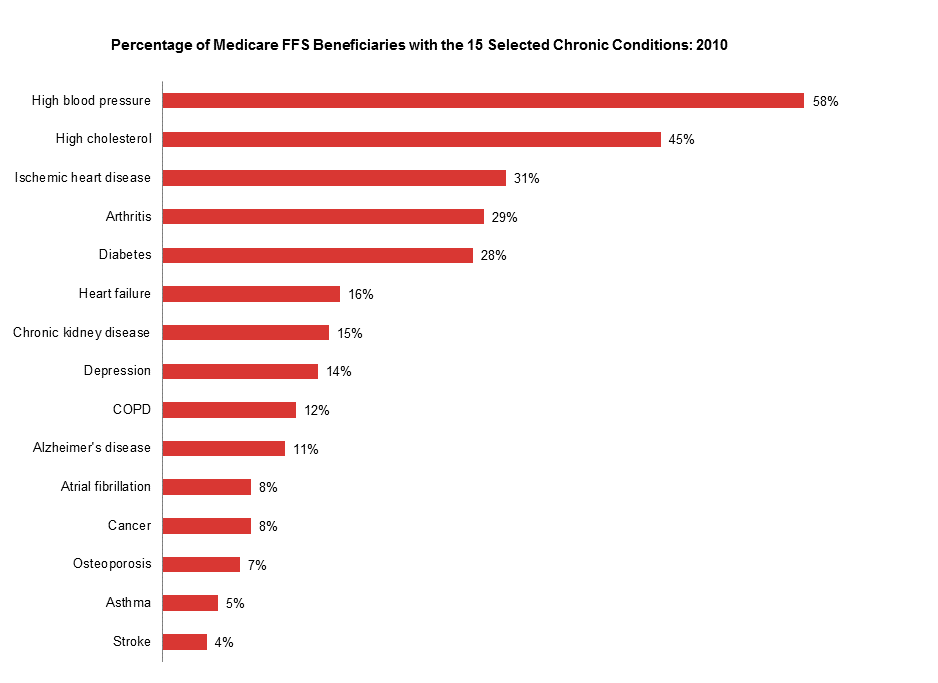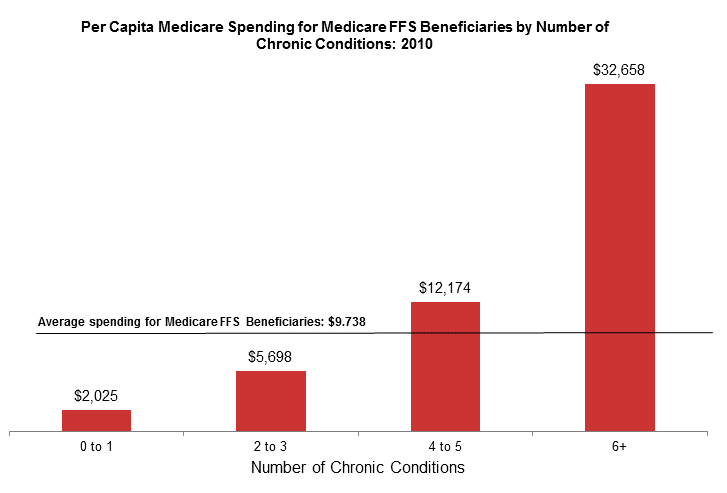class: center, middle, inverse, title-slide # Financial burdens of out-of-pocket spending among Medicare fee-for-service beneficiaries: Role of the ‘big four’ chronic health conditions ## Presenter: Rashmita Basu ### Discussant: Ian McCarthy ### ASHEcon Annual Meeting, June 22, 2021 --- <!-- Adjust some CSS code for font size, maintain R code font size --> <style type="text/css"> .remark-slide-content { font-size: 30px; padding: 1em 2em 1em 2em; } .remark-code, .remark-inline-code { font-size: 20px; } </style> <!-- Set R options for how code chunks are displayed and load packages --> # Medicare Chronic Conditions Data [CMS Link to Dashboard](https://www.cms.gov/Research-Statistics-Data-and-Systems/Statistics-Trends-and-Reports/Chronic-Conditions/CCDashboard) --- count: false # Medicare Chronic Conditions Data .center[  ] --- count: false # Medicare Chronic Conditions Data .center[  ] --- # What we can learn from this paper If we want to improve Medicare to better shield beneficiaries from financial implications of illness... - Need to know areas of greatest weakness (high OOP spending) - Need to identify types of spending - Suggest *why* spending is high in certain areas --- # Questions and future directions - What is the estimand? - Is there a "cleaner" comparison (e.g., those with newly diagnosed CVD versus those with no chronic disease)? - Prescription drugs are biggest culprit, but what does this mean for policy? - Are people not buying Part D even though they "should"?